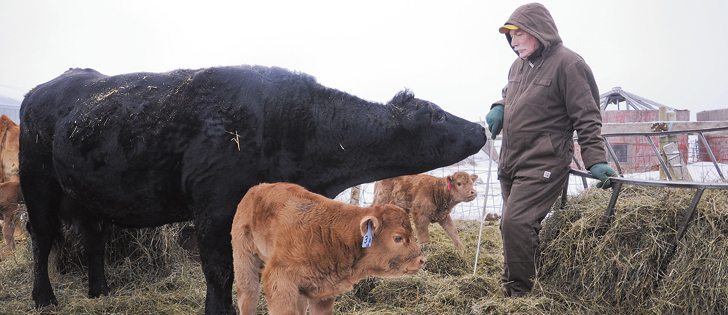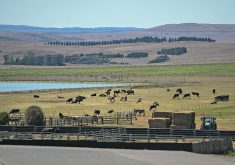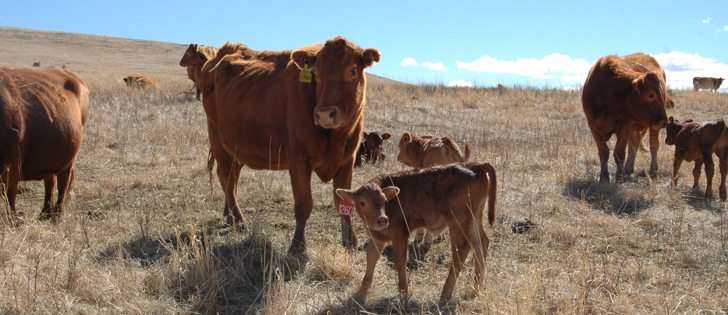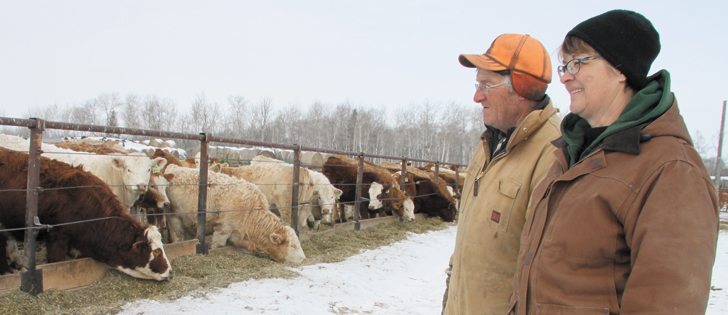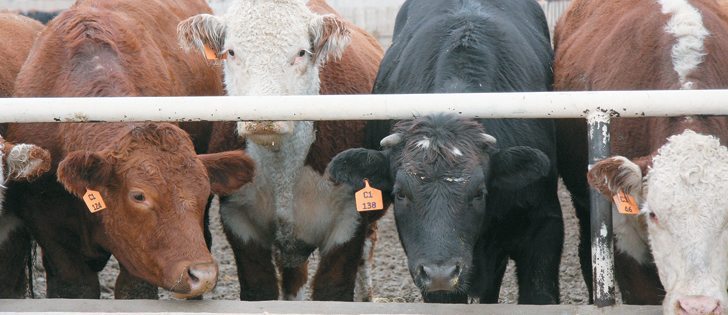A strong demand for quality grain fed beef and record large cow-calf profit margins may encourage larger herds
SASKATOON — Beef production through 2016 should be relatively stable as the cattle cycle slowly moves into an expansion phase, says Canfax research services manager Brenna Grant.
Significantly reduced feeder exports through the second half of 2015 offset last year’s reduced calf crop, she told the Saskatchewan Beef Industry Conference.
Last year also saw a 19-percent reduction in cow marketing, bringing the cow cull rate below the long-term average of 11 percent but just slightly.
“You couldn’t call this expansion yet,” she said. “You’d have to go back to 1994 when we were at nine percent (cull rate), or 2000 when we were at 8.5 percent to look at real expansion.”
Read Also

Flax sector sees omega-3 opportunity
SASKATOON — A global shortage of omega-3 oils could be an opportunity for the flax sector, says an industry official….
Heifer slaughter has dropped and is at the lowest levels since 1995.
“Overall, we’re projecting that inventories on Jan. 1, 2016 are going to be steady to slightly higher,” Grant said.
U.S. production is forecast to be up 4.5 percent in 2016, although that isn’t really expansion because most producers are restocking to normal inventories after steep declines caused by the 2008-13 drought.
Australia, which had the largest inventory in 2013 since the 1970s, has had to severely liquidate herds since then because of drought. After record production and exports from that country they’ve simply run out of cattle, Grant said.
She cautioned producers to remember that expansion is the longest phase of the cattle cycle and can last five to seven years.
“This is potentially going to be a slow and cautious expansion,” she said.
Volatile global markets and uncertain demand will affect the pace of expansion.
However, cow-calf producers are getting a strong signal to expand.
Record large profit margins in the last two years and an Alberta Livestock and Meat Agency study that forecasts net margins in the black through 2025 are positive signs.
Prices for fed and feeder cattle have peaked but there is strong demand for high-quality grain-fed beef production, Grant said. The lack of grain-fed beef available from North America in global markets has been filled by grass-fed beef from Brazil and buffalo beef from India’s dairy herd, which are far different products.
Grant reminded producers that expansion can be difficult due to inelastic demand. This occurs when small changes in supply create large changes in price.
An example is October when U.S. fed cattle prices dropped $10 per hundredweight but jumped back up by the same amount in the beginning of January.
The number of fed cattle marketed had not changed but carcass weights during the fourth quarter of 2015 were larger than anticipated and that was enough to shift the price, she said.
She also said there has been little price seasonality during the recent bull market but predicts the industry is entering a period where seasonality will again be a factor.
Low oil prices will continue to keep the Canadian dollar weak and in turn affect Canadian cattle prices, Grant added.
Canfax is forecasting fed prices in Alberta to average $169 per cwt. this year, down about eight percent from last year.
But if the exchange rate dropped to US59 cents as some have speculated, the cattle price would be about $200 per cwt. or up about 10 percent.
“The forecast moving forward is actually fairly wide,” Grant said.
The U.S. agency Cattlefax predicts American calf prices will be down 19 to 22 percent in the fall of 2016 from last year.
But in Canada, the decline could be offset if the loonie weakens.
“This is one where that exchange rate really comes in, because a 10 cent drop in our exchange rate would completely offset that and we could actually be looking at steady money,” Grant said.
She added the end of country-of-origin labelling is not likely to have a huge effect on price because the situation is very different from when COOL went into effect in 2008.
Canada currently has the lowest dependence on U.S. packers since the early 1990s, she said.


